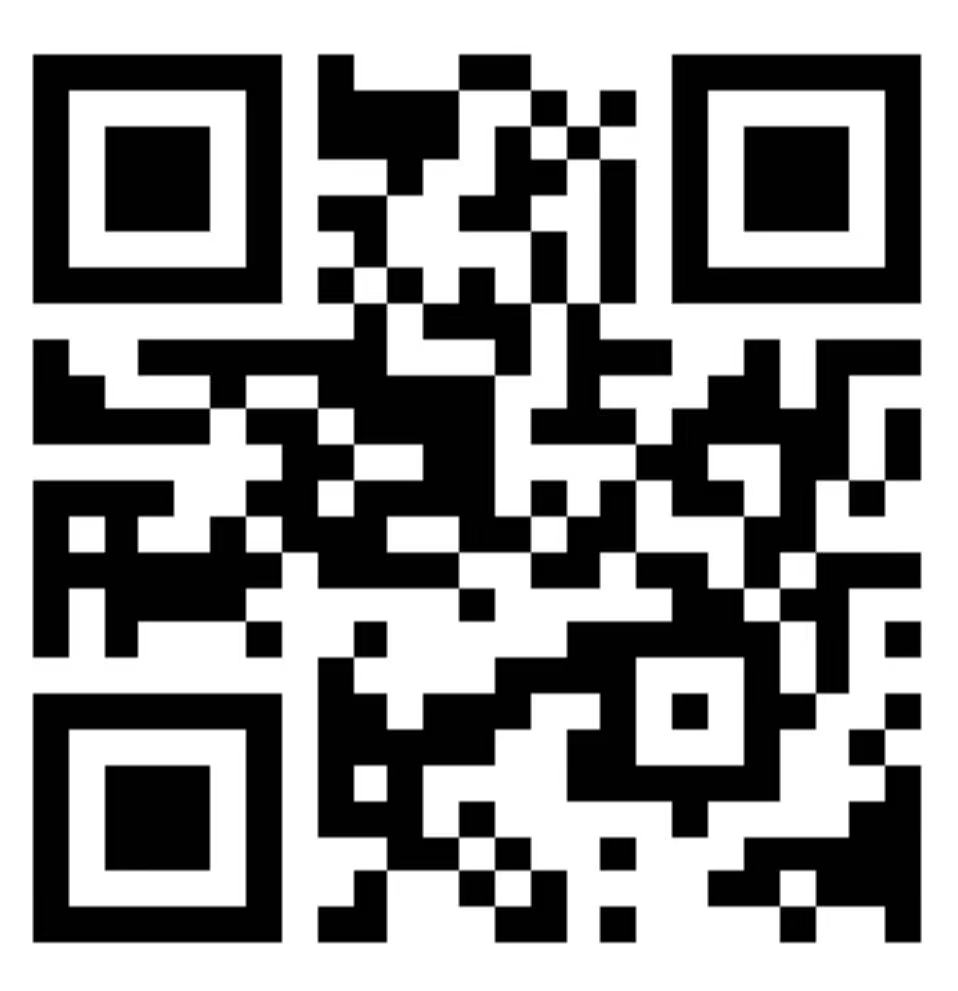|
Depth of Anesthesia Monitoring Overview
The Depth of Anesthesia Monitoring system is a sophisticated medical tool designed to ensure optimal anesthesia management and patient safety. This advanced system provides essential functions such as Analgesic Index, Anesthesia Depth Index, EMG monitoring, Burst Suppression Ratio, and Signal Quality assessment.
|
Depth of Anesthesia Monitoring Features:
1. 12-Inch Large Touch Screen:
High-brightness LCD display for clear data visualization.
2. User-Friendly Interface:
Switch between standard and large font interfaces for easy operation.
3. Efficient Input Methods:
Input patient information quickly with handwriting and pinyin input methods.
4. Data Storage and Review:
Offers a 96-hour storage and review of trend graphics, tables, 400 groups of NIBP data, and 1800 alarm events, enabling retrospective analysis and informed decision-making.
5. Ample Memory:
Store patient data for extended periods, facilitating future reference.
6. Data Accessibility:
Export and import data via USB drive, and Bluetooth connectivity for seamless data transmission.
7. Calibration Instructions:
Seven calibration instructions for intubation and operation precision.
8. Electrotome Resistance:
High resistance to electrotome interference, ensuring uninterrupted monitoring.
9. Integration Capabilities:
Connect to department hand anesthesia systems for efficient data management.
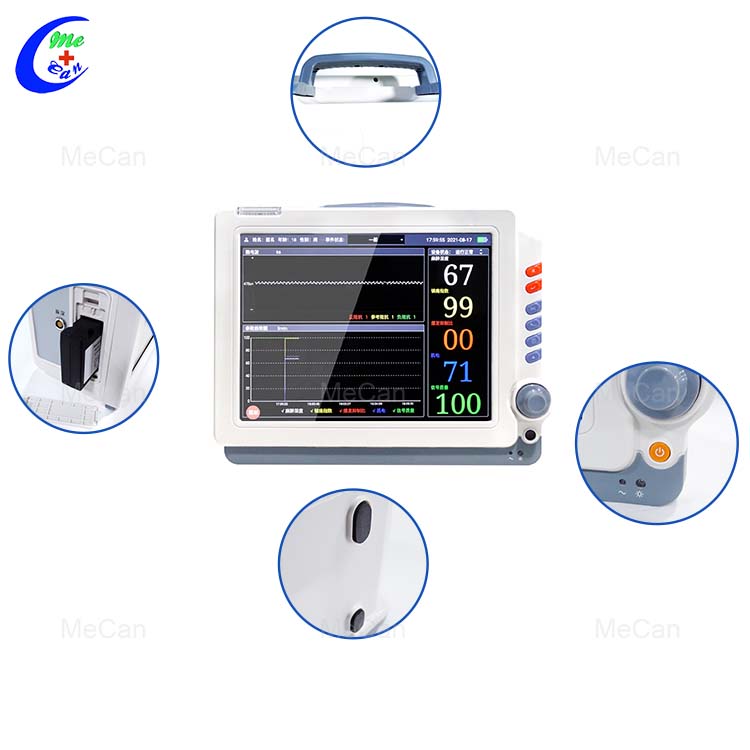
| Depth of Anesthesia Monitoring Functions:
Analgesic Index: Evaluate the patient's pain response and analgesic needs to enhance anesthesia management.
Anesthesia Depth Index: Monitor anesthesia depth levels for precise administration and patient comfort.
EMG Monitoring: Assess electromyography (EMG) signals to understand the patient's neuromuscular response during anesthesia.
Burst Suppression Ratio: Measure brain activity suppression for comprehensive anesthesia assessment.
Signal Quality: Ensure accurate monitoring by assessing the quality of recorded signals.
|
Patient Monitoring System Show
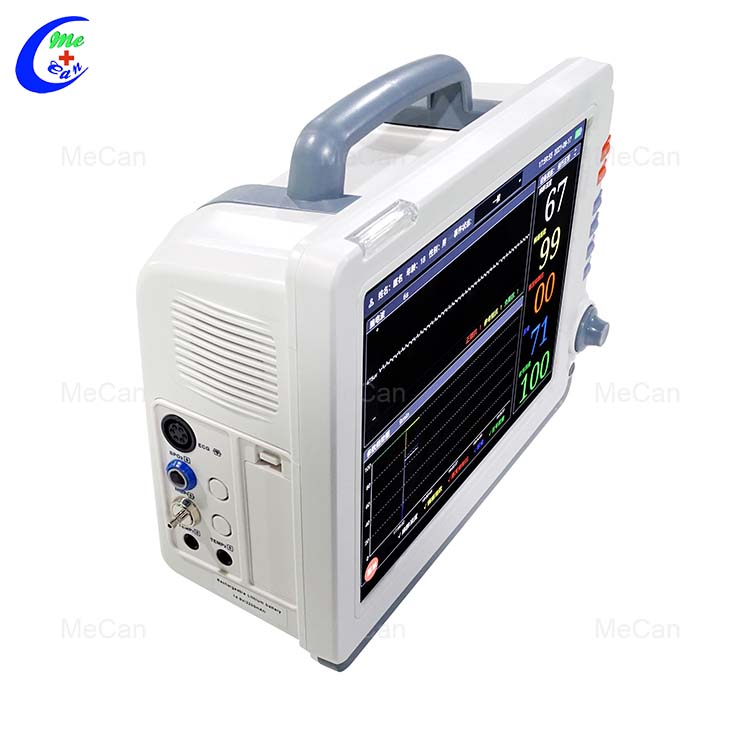
Left View
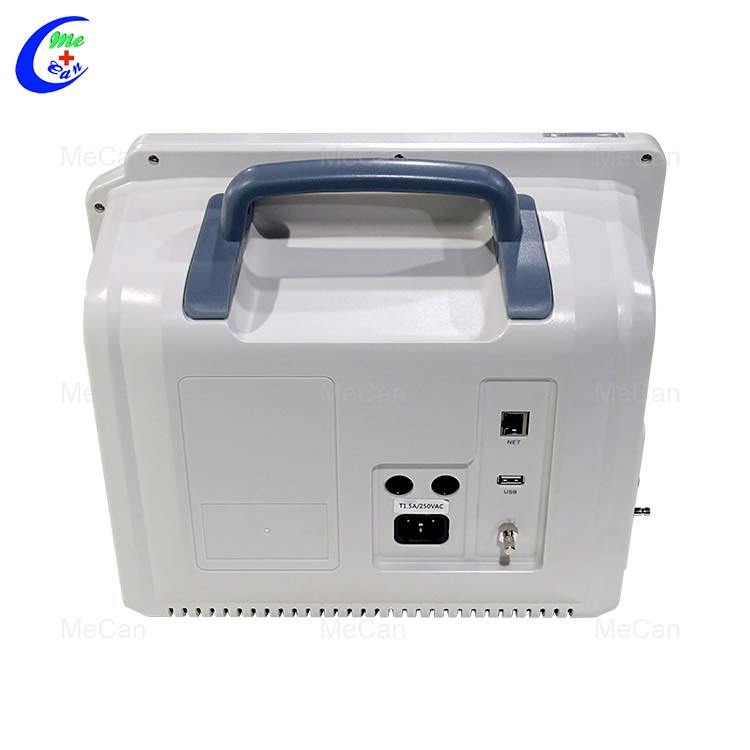
Back View
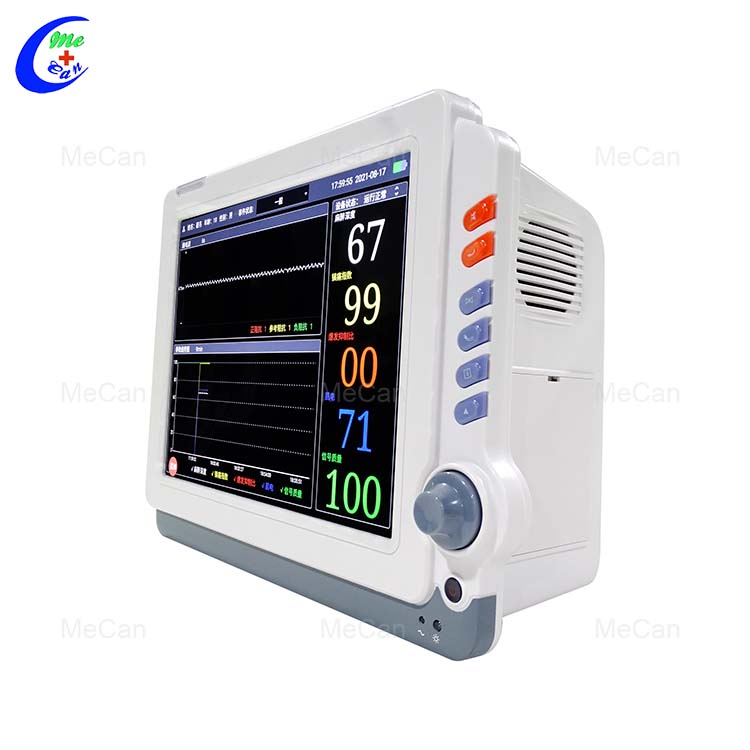
Right View
|
The clinical significance of anesthesia depth index:






















